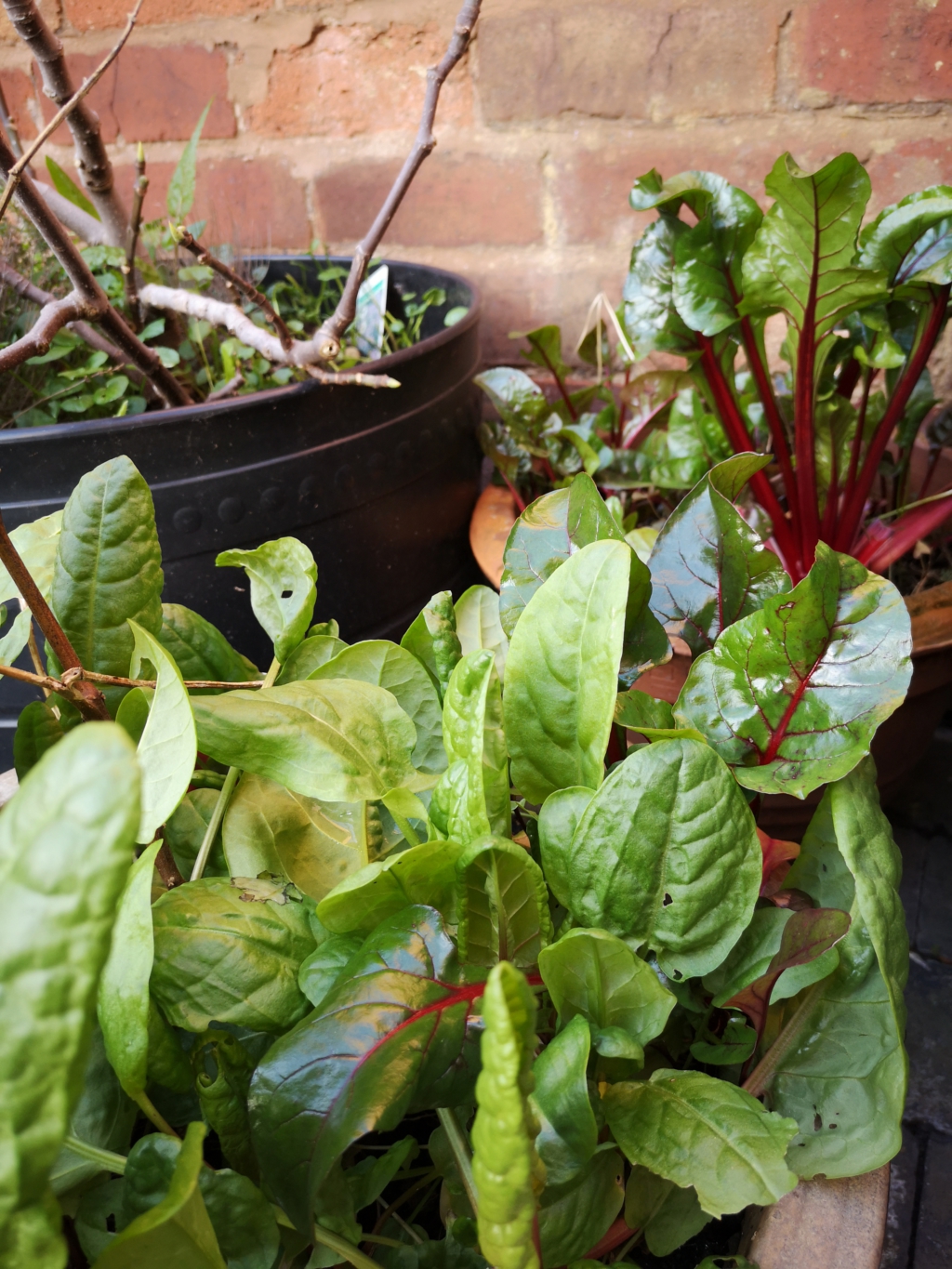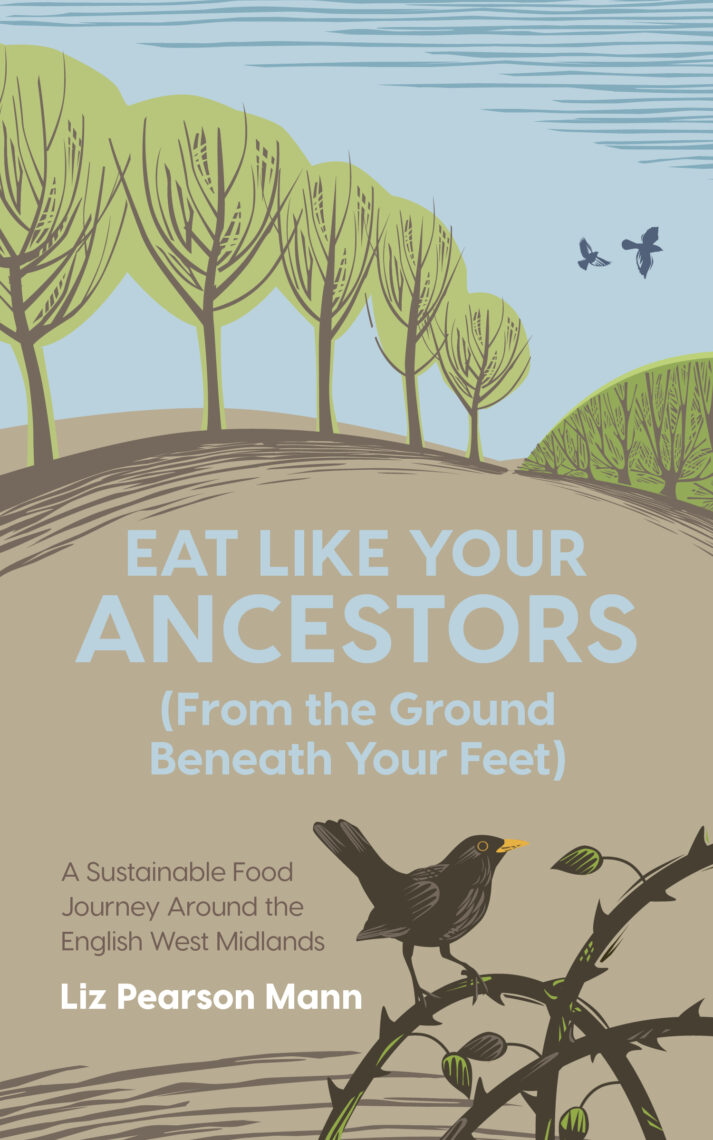Does the thought of a small space put you off starting a productive garden? Is the produce from this space even worth bothering with? If these thoughts have surfaced in your mind, you probably wouldn’t be alone. I’ve thought the same myself.
But, you may be surprised at how many edibles, medicinals and other useful plants you can fit into a small space, and still have an attractive garden. If you have the space, a few chickens wouldn’t go amiss either.
Not only that, but this small space can supply you with phytochemically rich meals, a few steps from you kitchen door. Or, you could collect eggs from your chicken coop and medicines from your herb border. It can be more bang for your buck than you may think.
Pesticide and herbicide free – it’s your choice. Imagine this: vegetables, fruit, salads, chickens, and more, migrating from hard-pressed industrially farmed land into the suburbs, town centres, and around the village green.
A small productive garden doesn’t necessarily mean producing just food. The garden used to be your medicine cabinet. I use feverfew, lavender and lemon balm medicinally. I also dry feverfew flowers, fennel leaves, lavender, rose and dahlia flowers for making bath bombs and bath salts for the home and for gifts.
How to Produce in a Small Space
There are numerous books giving advice on the best productive plants for small gardens. They’ll all mention using climbing beans, peas, tomatoes or grow bags of potatoes to use vertical space. Those leafy plants, like chard and spinach, that keep on growing more leaves: they’re constant season-long producers, that’ll keep on producing for your cooking pot. Perennial herbs and fruit, compact chilli peppers, small roots, and all, are little friends in the garden.
Here are some of my favourite book resources:
Vegetable, Fruit and Herb Growing in Small Spaces by John Harrison
Edible Perennial Gardening: Growing Successful Polycultures in Small Spaces
Permaculture in Pots: How to Grow Food in Small Urban Spaces
Or, for a shorter read:
How losing out on an allotment made Mark Ridsdill Smith get creative about growing veg in his Camden garden in London.
Six Plus Points for the Small Productive Garden
1: Food, Medicine and More, Seven Steps from Your Door
The small productive garden is a time saver. A few months ago I started off a discussion thread on a Facebook group about local food. I was looking for an image to go with my post. The local food I was eating the most at that time (late winter) was chard and sorrel from two pots just outside my kitchen door. So, I posted an ‘eat local’ challenge with a photo of my chard and sorrel (the header photo for this post).
You can’t get much closer can you? I counted seven paces to my pots from my back door. How easy is that? The chard and sorrel mostly made up only a small addition to a meal, but often, those two plant pots saved me from having to make a trip to the shops.
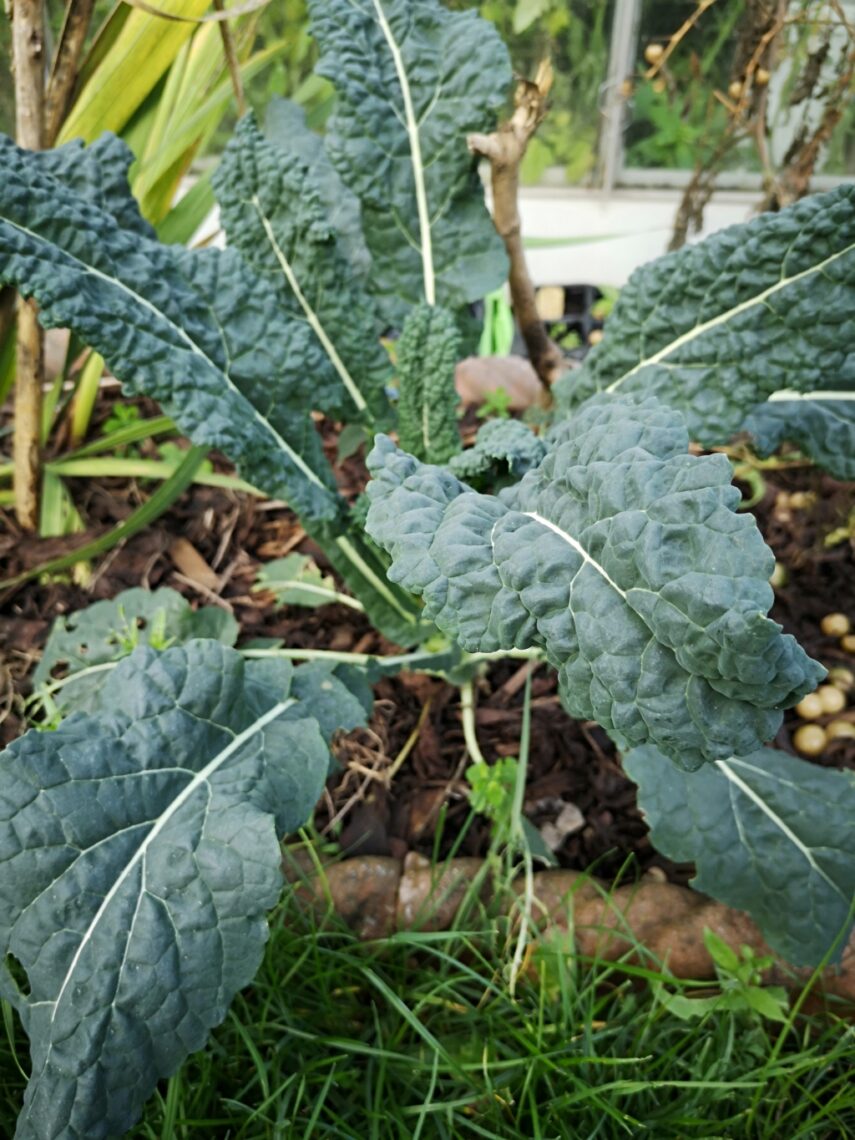
Once you have a few crops on the go, even small quantities (a clutch of green beans, a few tomatoes, a handful of green leaves, a pinch or two of this and that herb), and you’re away. Add those to a couple of pantry staples, and you’ll abandon the idea of that trip to the shops. This is an easy, low effort way towards a #placebaseddiet.
You can even store your root vegetables in peat and sand pots over winter. This is traditional food storage: fridge freezer free, right next to your kitchen door.
Grow Vegetables With Ornamentals
If you keep a few ornamentals in the garden, you’ll distract the eye away from any gaps left by your harvesting. They may also be productive too and save you a trip to the garden centre.
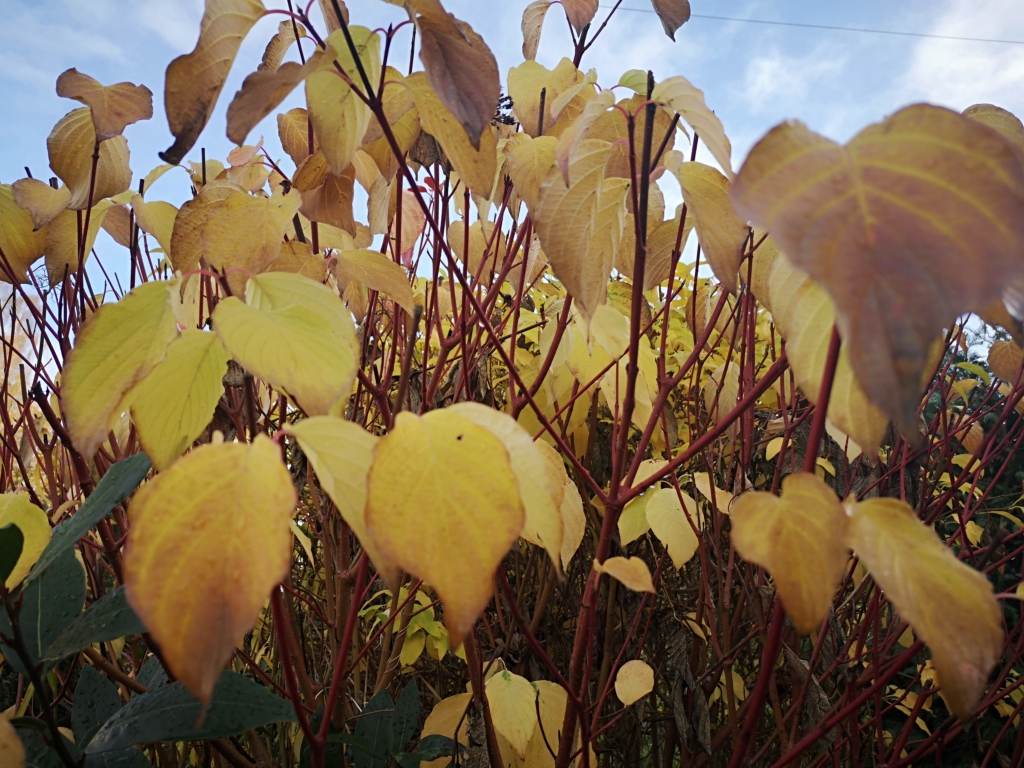
Some plants are not food producers, but they are handy helpers. On and off, I’ve been tempted to take out this dogwood because in the middle of summer it dominates the space it’s in. But, then come autumn, not only do I appreciate the attractive red, woody stems that add structure to the garden, I look forward to harvesting the sticks. They’re my seedling markers and plant supports. Another trip to the shops saved.
2: Save Money
Now, you may think the idea of saving money is laughable from a small space. But, Mark Ridsdill Smith proved it to himself by weighing and costing up his produce. He said of his first year of growing: I’d saved myself from buying 113 punnets of tomatoes, 144 packs of supermarket salad leaves, 51 packs of peas and beans, and 165 packs of herbs. All this from his small veg garden in Camden, London. Food for thought eh!
3: Nutritionally Rich Harvest
The smallness of the harvest and apparent lack of substance can make the small productive garden not seem very worthwhile. At least, before you’ve tried it. These are all thoughts I’ve had myself when weighing up whether to invest my energy more into producing in the garden or off-site on an allotment I rent. They both have their plus and minus points. Allotments are more work, but see my tips for a low-maintenance allotment.
We need substance (like protein, fat or carbohydrate rich food). But, we often value substance and quantity over quality.
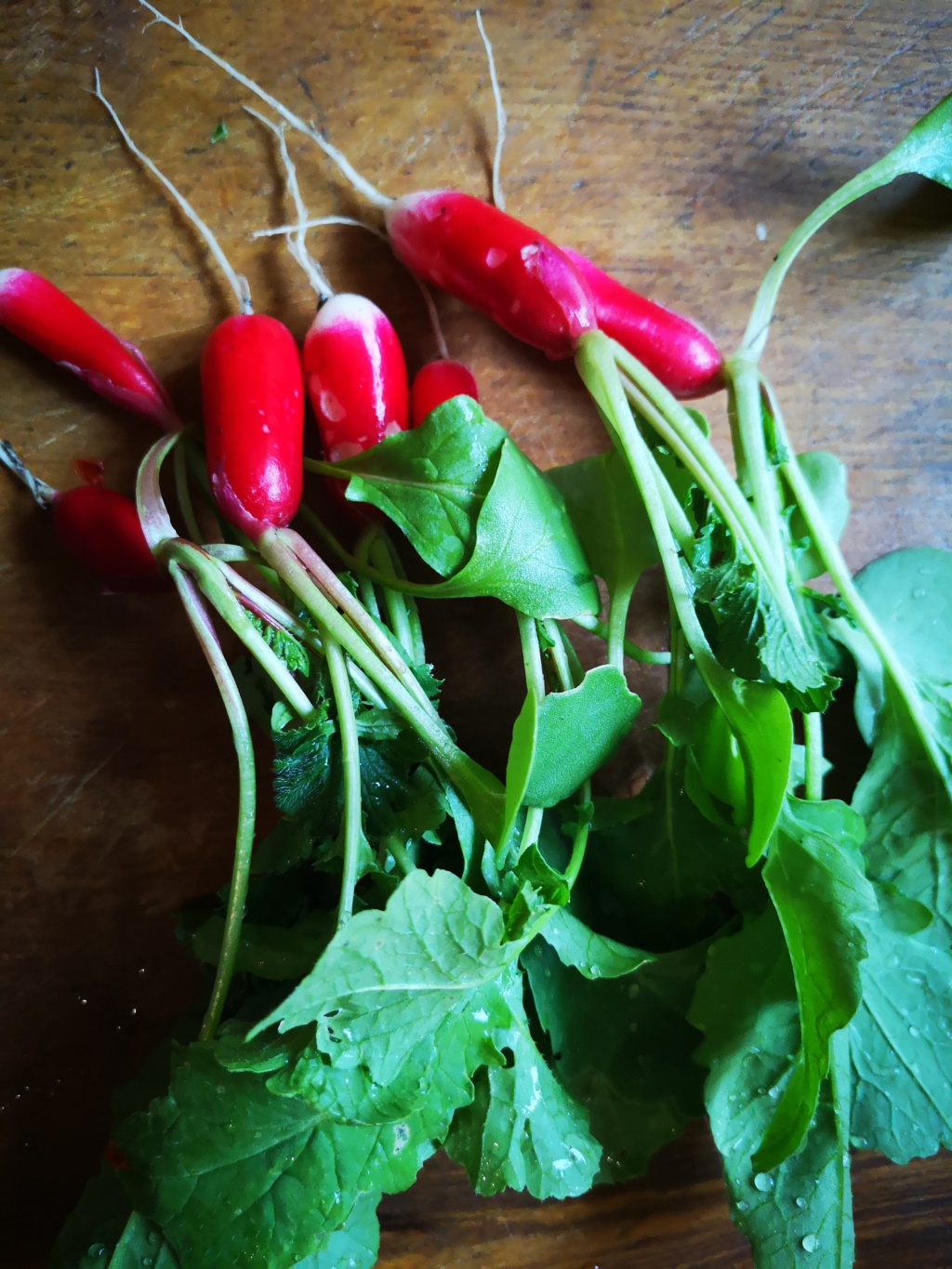
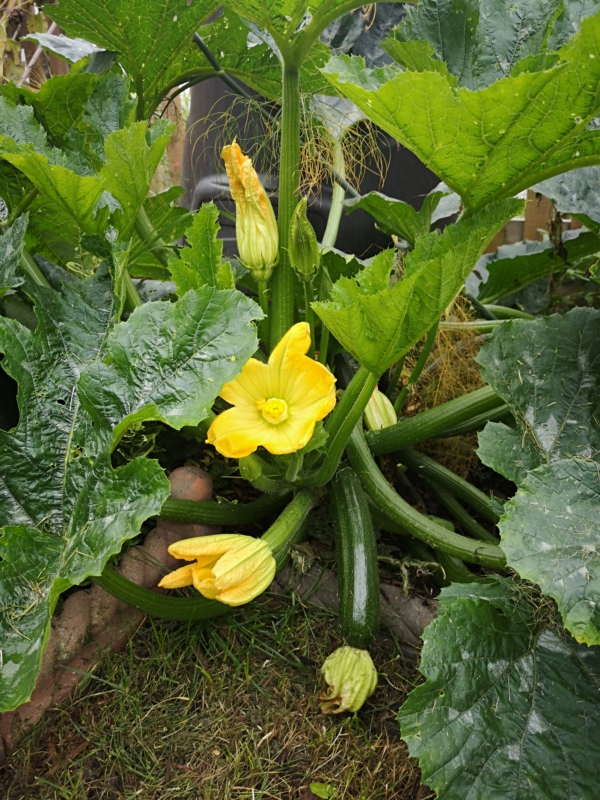
You may be overlooking the nutrient value in the kind of food you can grow even in a backyard container garden. The nutrient value in your food goes way beyond proteins, carbohydrates, vitamins and minerals. Fred Provenza has enlightened me in so many ways about this topic.
There are complex compounds such as phenolics, terpenes and alkaloids that are more nutritionally valuable than many people realise. Fred talks of how we respond to synergies of complex chemicals. It’s the browsing habits of animals that has shown him this – all information wrapped up in some engaging stories.
These foods kick more of a phytochemical punch than their humble appearance may suggest.
Fred also tells us that by the time you buy broccoli at the shop, typically ten days to two weeks after harvest, it loses more than 75 to 80% of health-promoting phytochemicals, 50% of its vitamin C, and most of its sugars and antioxidants.
Whatever you grow in your garden, freshly picked and eaten, it’ll have its full compliment of phytochemicals. I would guess that would be the same for eggs, warm from the coop.
As well as ease of access, seven steps from your door food bumps up your nutrient intake.
4: Nature’s Medicine Cabinet
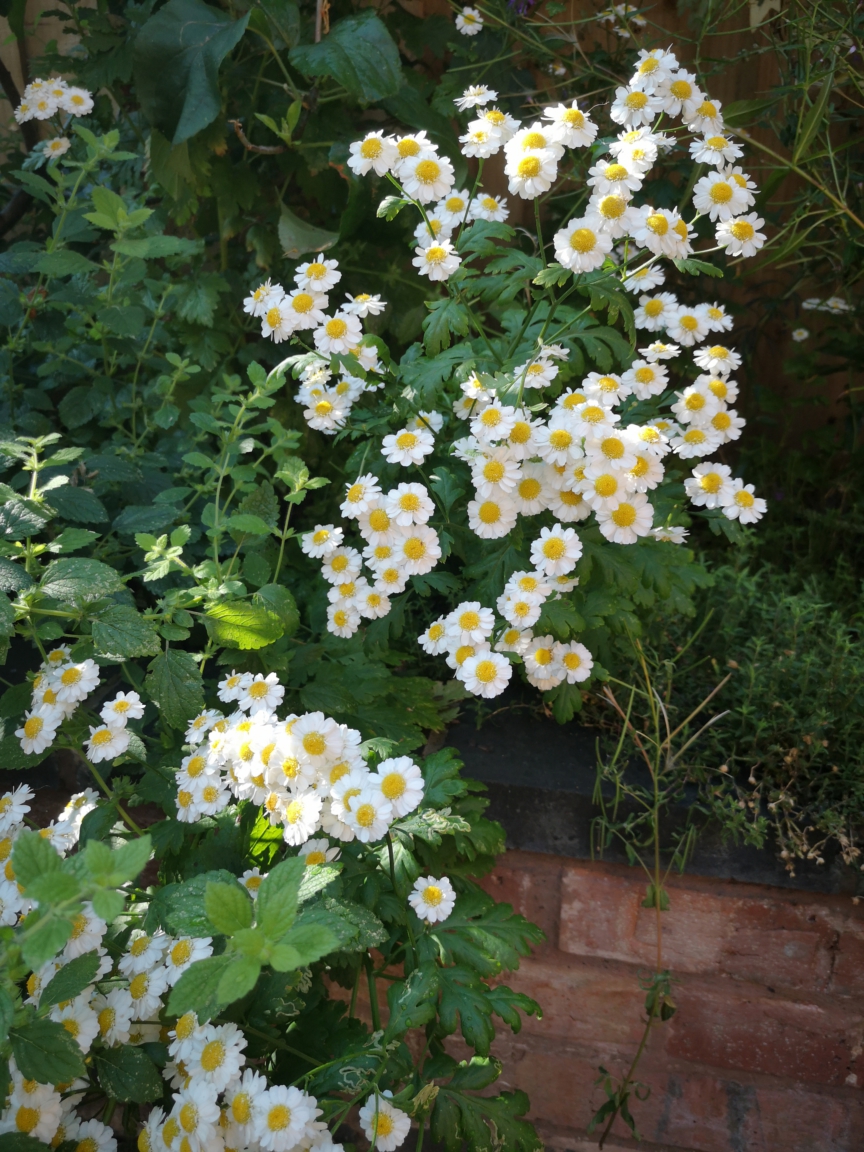
Food is medicine, so they say. By producing nutritionally rich food, you are medicating yourself, in a sense, and keeping yourself well. But, sometimes we need to intentionally medicate ourselves. Rather than pop a pill, gardens and plants in the wild were a living pharmacy for our ancestors.
We might not trust this living pharmacy now as we may think that plants aren’t effective enough compared to their modern drug counterparts. Or, that they’re dangerous in the hands of the uninitiated. But, you don’t have to necessarily be in danger of killing yourself if you follow recipes for basic medicines from a trusted source. Just don’t adlib unless you know what you’re doing.
Ok, so it’s treating common ailments we’re talking here. You can find simple recipes for lotions, gargles, balms, tinctures, and cough syrups by James Wong in his book Grow Your Own Drugs. Some of these recipes double up as beauty products that you could give as gifts.
He does advise, though, not to rely on self-diagnosis. Nevertheless, I can’t imagine anything like a sore throat, or sunburn, would be a problem. After all, we self-diagnose for common ailments like these, and self-medicate from store-bought drugs.
We ought to return to being more like animals. Why would we? Because, it appears, they unconsciously self-diagnose. Fred Provenza carried out years of research which shows that animals do this. They adjust what they eat according to the nutrients they need and maladies they need to correct. They learn and have medicinal memory.
5: Easy Work
If you’re a lazy gardener (like me), a big advantage is that minimal weeding is needed. That’s if you grow crops that are happy planted close together or in containers.
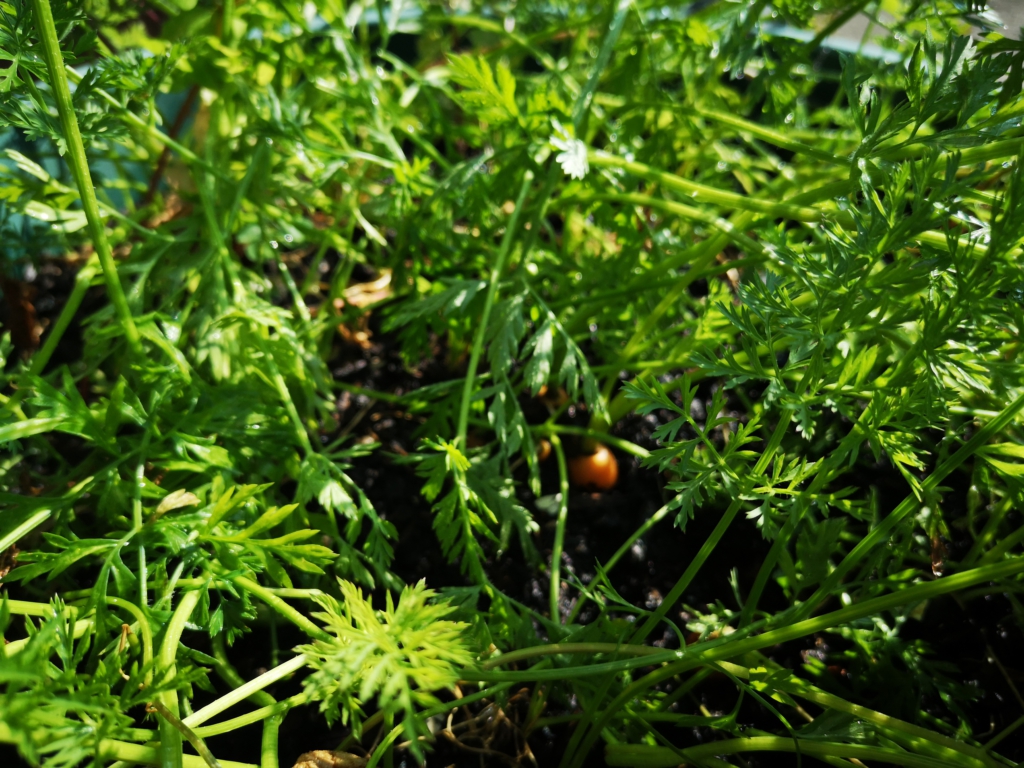
The downside of a container garden is that it needs a lot of watering in summer compared to growing direct in the soil. Water evaporates quickly through the surface area of the container. But, at least your watering is nearby. And, psst….you can wander outside in a few steps in your PJs and water before leaving for work.
Store rainwater if you can, and grow drought resistant plants in hot dry areas.
You don’t even need to spend lots of money on big bags of potting compost if you make your own compost and/or feed with worm tea. I mix homemade compost into garden soil and simply top up with compost every year. I save money and effort hauling big bags of compost home from the garden centre.
6: Save the Planet
Bump up Your Knowledge
Growing even a little food in your garden or backyard will improve your understanding of what it takes to produce food. You’ll learn what crops (or animals) work in your climate and on your soils. Because most of us are now so disconnected from food and farming, we really need more than ever to learn about the limitations to producing food.
All the emphasis in the media seems to be on our limitations to producing enough meat. And, the advice is that we all need to reduce our meat consumption. But, very little attention is paid to how difficult it is to produce crops in any way that is remotely sustainable. That’s not so say that we shouldn’t reduce our meat or dairy eating, but we need to think more holistically.
What’s in It For Your Community?
We nearly always tend to ask ‘What’s in it for me?’. John F Kennedy said in his inaugural address to the United States nation in 1961 Ask not what your country can do for you. Ask what you can do for your country.
If we think about productive gardening, the story is the same. We could ask what our efforts can do for our community and country. Sure, our efforts in our own backyards benefit ourselves. They provide us with products. But, along the way, collectively, we can do much for our communities.
Imagine going on a balloon ride over where you live and seeing food in every garden and back yard. Even if these are just one or two common vegetable crops like tomatoes and runner beans. Every tomato bush or vine takes pressure off farmland to produce in unsustainable ways.
Think of the reduction in ground surface covered by glass houses, and the reduction in use of pesticides and herbicides. Think of the water use saved (if you’re using rainwater). For each household, it wouldn’t take much, but we’d bring back productivity to front gardens, back gardens, patios and balconies.
Mother owl is sick and dying. She knows the reality of living off hard-pressed industrially-farmed land. But nature-friendly farming can, and is, saving her – allowing her to feed her chicks. Hear her story.
Everything has to come from somewhere. Food and medicine has to be produced somewhere – it’s better that it’s everywhere and anywhere. Shared out amongst us all. More the work of people, not machines and chemicals. And that’s where the small productive garden holds its own.
If I’ve interested you in growing your own food, you may be interested in my book about sustainable food. It’s centered on a journey around where I live, but it’s relevant anywhere. And, it’s out now…
